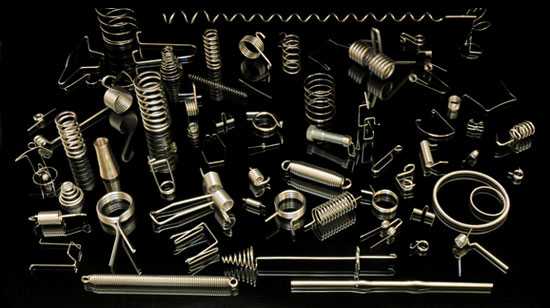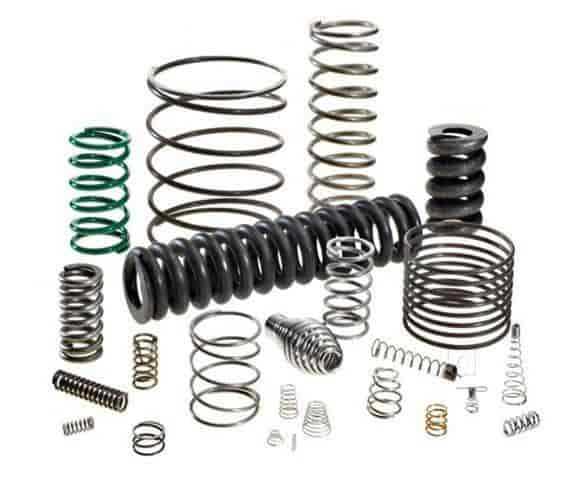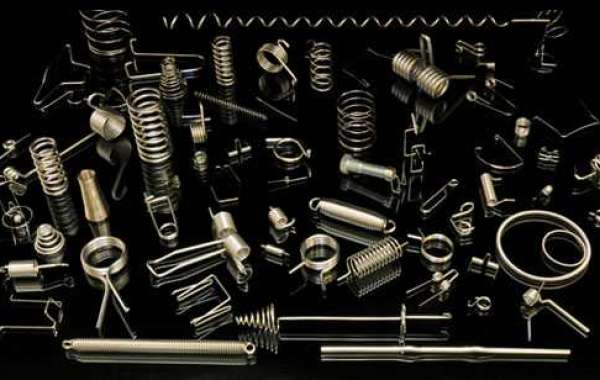Using lowering springs is one of the least expensive and most straightforward ways to lower your vehicle. It is also one of the most effective methods. They are frequently referred to as the first step that you should take into consideration whenever there is a conversation about the way your vehicle handles, and for good reason. This is due to the fact that the majority of lowering springs can be installed as a standalone upgrade, which means that you won't need to make any other adjustments to the vehicle during the process.
They are also able to function independently as a part of an upgrade package if necessary. Unlocking a whole slew of handling improvements can be done for a price that is not overly prohibitive in any way.
Why exactly do I believe it is necessary for me to lower the ride height of my vehicle?
As we discussed in the portion of our blog that was devoted to car handling, lowering your vehicle also has the effect of lowering the height of its center of gravity, so the two go hand in hand. When you turn corners with a vehicle whose center of gravity is lowered, the roll that the vehicle experiences is reduced. As a consequence of this, when the vehicle moves, less weight is transferred onto the outside tyres and more weight is transferred away from the inside tyres. Because of this, you can expect an increase in grip from each of your four tires, which will ultimately lead to a stronger connection between your vehicle and the road.

When you make frequent lane changes in a short amount of time, such as when you're driving around an S-bend, for instance, the car takes a shorter amount of time to return to its normal state in between each new set of lane changes.
In addition to that, it improves the overall appearance. Arch gaps almost never contribute to a pleasing overall aesthetic. When you give your car just a touch of a drop, the wheel arch gaps end up looking much better. This gives the impression that your wheels are larger than they actually are, which gives your vehicle a more sporty and aggressive stance.
What kind of ride can you expect to get out of Lowering Springs?
One of the most common concerns that people have when they are thinking about lowering a car or van is how the vehicle will ride once the lowering process has been completed. It is a very difficult question to answer precisely because, unless you have ridden in that particular model of vehicle with the specific lowering product in question installed, there is always some element of guesswork involved. This question is very difficult to answer precisely because it is very difficult to answer precisely. However, this does not make it any easier to provide a satisfactory response to the question.
In contrast to some of the more reasonably priced ebay special springs that you might find for sale, all of the lowering springs that we offer for sale are extremely well engineered for the specific vehicle that they are going to be installed on. These springs can be found for sale on ebay. This will be reflected in the ride quality, with some coming extremely close to matching the levels of comfort provided by the standard suspension.
Because it is reasonable for us to make this assumption about you, we will assume that you are aware that lowering springs have been installed on your vehicle. If you are not aware of this, then installing these springs defeats the purpose of installing them. On the other hand, we do not expect the vehicle to become jarring or unsettling in any way.
For instance, Eibach's Pro-Kit Lowering Springs have a stellar reputation for delivering a ride quality that is virtually indistinguishable from that of the automobile's original equipment manufacturer (OEM) springs.
Installing sportier lowering springs, such as Eibach Sportline, has a good chance of shifting the equilibrium a little bit more toward the stiffer side of the equation. This can be seen as a positive development. Installing springs that have a higher stiffness can have a significant impact not only on the primary ride quality of the vehicle, but also on the secondary ride quality. This is how the car handles bumps of varying sizes and the uneven road surfaces that it encounters.
At the very least to some degree, this does depend on the condition that the remaining components of the suspension are in. The shock absorbers and rubber bushes are designed to help cushion the impact of the road surface that you are currently driving on. They are standard equipment on your vehicle and come as part of the package. If those other components are worn, then you will notice that the springs are significantly stiffer than they would have been otherwise. This will be the case if the other components have worn out.
How much of a drop am I capable of achieving by using springs?
When you use a spring that is meant to be paired with a traditional shock absorber, your capabilities are going to be limited to some degree because of this pairing. In most cases, gentle lowering springs offer an additional drop of approximately 30 millimeters. For sportier models, the length of the springs will typically range anywhere from 45mm to 60mm. This is determined, at least in part, by the automobile in question. Because the suspensions of newer cars typically have less travel to begin with, the amount of lowering that can be achieved is also typically reduced to some extent as a result. It is in your best interest to navigate to the appropriate section of the website, enter the particulars of your vehicle, and then examine the options that are presented to you after you have completed the previous steps.
What should I do if the sport-tuned suspension on my car is already in place?
If you drive a hot model (a GTi, S3, RS, or AMG) or if the sports suspension box (S-Line, R-Line, AMG-Line, M-Sport, M-Technic, etc.) was checked when the car was initially ordered, it is possible that the vehicle has already been lowered. This is the case if the box was checked when the car was initially ordered.
There is a wide selection of lowering springs on the market, and the majority of these springs are designed to work with both standard and sports suspension. On the other hand, the amount of ride height reduction that they offer is calibrated for use with vehicles that have standard suspension. If your vehicle has had its height lowered in the past, you will need to subtract that amount from the effect that the new springs will have on the vehicle before calculating the effect that the new springs will have. Sometimes the optional sports suspension can lower the car to such an extreme degree that some aftermarket springs are unable to further reduce the height of the vehicle because it has already been lowered to such an extreme degree. Many aftermarket springs won't be able to reduce the ride height very much, if at all, because the S-Line package that can be found on some of the newest Audi models already brings the car down by 30 millimeters.
Is there anything else that should be changed out that we haven't looked at yet?
Many of the lowering springs that we stock have had their quality evaluated and confirmed by the TUV. The presence of TUV approval on a part denotes that it may be installed on a vehicle that is, in all other respects, considered standard. This suggests that in the vast majority of cases, there is no requirement for you to replace anything at all.
It is important to keep in mind that installing lowering springs will subject your shock absorbers to a slightly increased load, and if they were already getting close to the end of their useful life, the lowering springs will hasten this process. If you are considering installing lowering springs, it is important to keep in mind that this will subject your shock absorbers to a slightly increased load. While you have the suspension disassembled to install new springs, it is a good idea to consider replacing any parts of the suspension that appear worn while you are in there working on it.
When lowering springs with a higher degree of rigidity are installed, our standard procedure is to also recommend the installation of sports dampers. When the 45-60mm lowering spring is taken into consideration, it becomes abundantly clear that their performance is significantly improved when combined with a sports damper. A damper that is also more rigid than the stock version will be able to do a better job of controlling it because the spring is going to be more rigid than the stock version. When traveling over a rough road surface, this may help reduce the sensation that the car is bouncing around.







